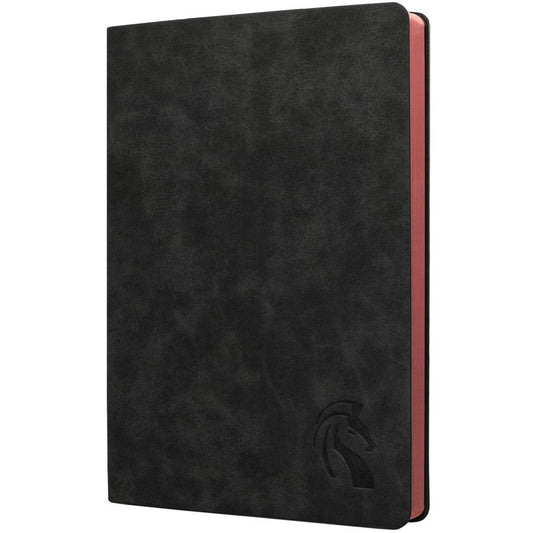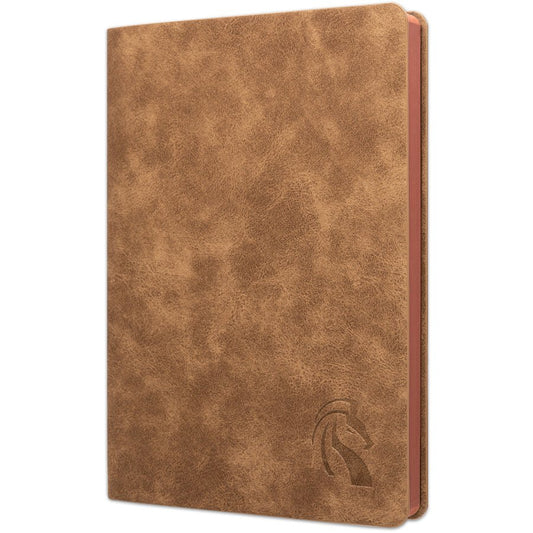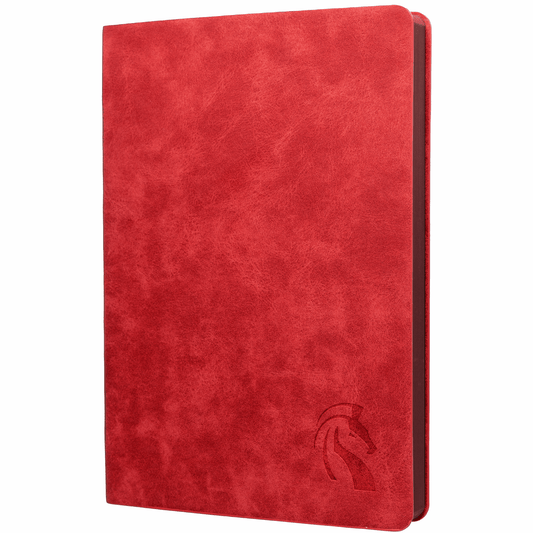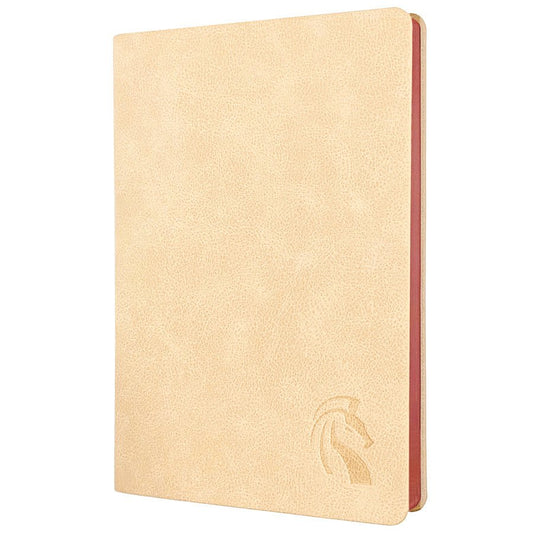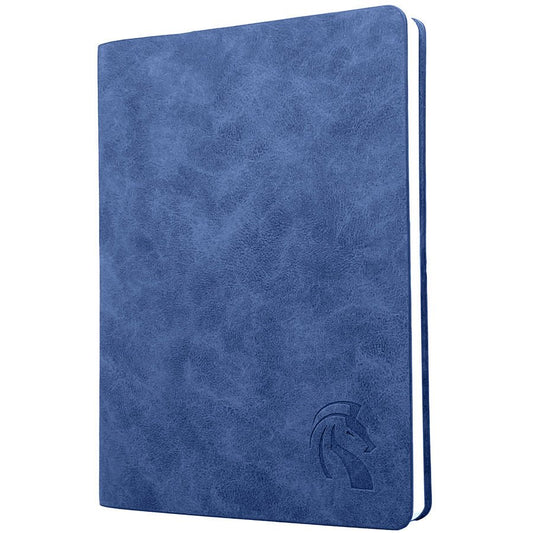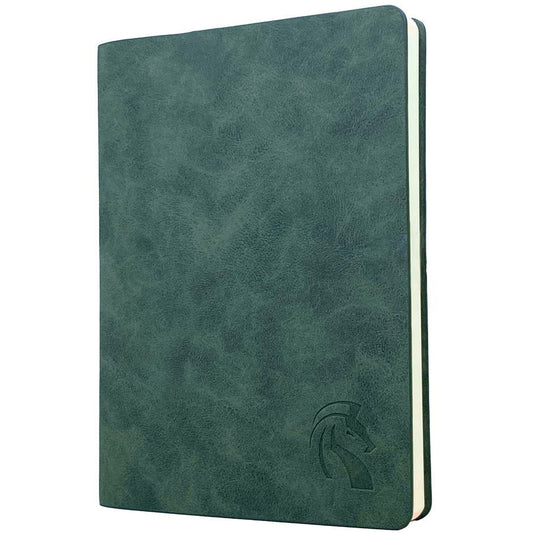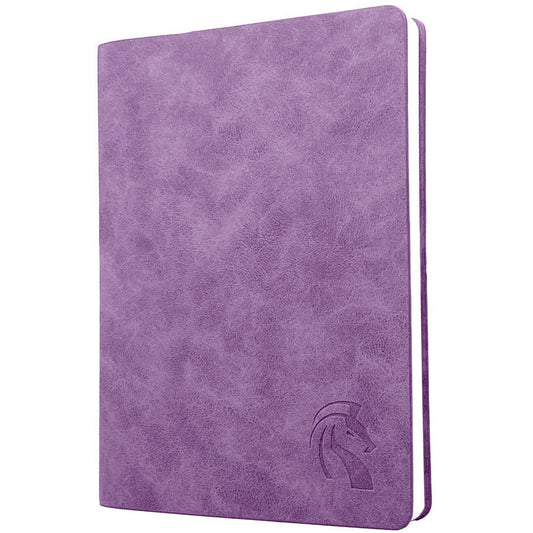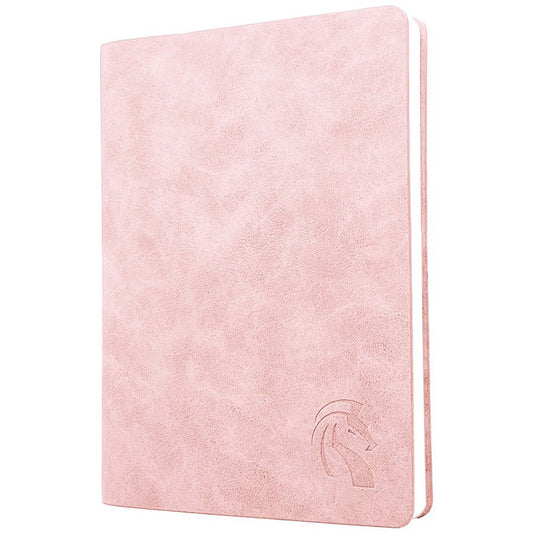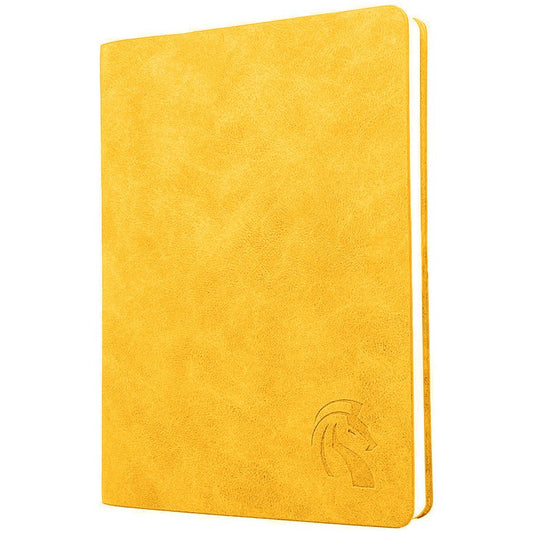
During the warmer months of spring and summer, a garden fountain may serve as an aesthetically pleasing focal point for your backyard or a meditative accent on your deck. However, as soon as the first signs of winter weather appear, it is necessary to shut off the fountain and get it ready for the next season.
Before the temperature drops below freezing, you should give your outdoor fountain a thorough "winterization" in order to protect it from the freezing rain, snow, and other elements that come with the winter season.
What to do when you first get a fountain pen?
If you do not adequately winterize your outdoor fountain, you run the risk of causing irreparable harm.
The good news is that your fountain can be protected with only a little amount of upkeep on a periodic basis. Continue reading to get information on the proper and incorrect ways to winterize your outdoor fountain.
4 Things You Should Not Do When Winterizing Your Fountain
1. DON'T RUN YOUR FOUNTAIN DURING THE WINTER
Even while we like the sophisticated design and relaxing sounds of a garden fountain, we should not run it during the colder months of the year.
During the chilly winter months, the water that is contained inside a fountain has the potential to freeze and expand when temperatures vary. This may result in the material of your fountain becoming brittle and splitting, as well as causing damage to the pump.
In general, you should stop running your outdoor fountain and begin the winterizing process in late autumn, before the temperatures drop below freezing. The timing of when you should start the winterizing process can vary depending on where you are located geographically, but in general, you should do so.
2. IF YOU HAVE AN OUTDOOR FOUNTAIN, DO NOT ADD AN ANTIFREEZE OR DE-ICING PRODUCT TO IT.
Adding antifreeze to the water in your outdoor fountain may seem to be a workable solution to the problem of the water in your fountain freezing over, but doing so may have very major adverse effects for the fountain.
According to sciencing.com, antifreeze is a hazardous material, and putting it to your fountain may put any children, dogs, or animals that come into touch with the fountain in risk. In addition, antifreeze poses a risk of causing harm to the pump of your fountain. It is strongly recommended that you empty the fountain completely before putting it away for the season or winterizing it.

When winterizing your outdoor fountain, you really need to have a cover for it.
3. ENSURE THAT YOUR FOUNTAIN IS NOT EXPOSED TO THE ELEMENTS BY NOT DOING SO.
After your fountain has been thoroughly emptied of water and drained, it is imperative that you store it out from harm's way during the colder months of the year.
Draining your outdoor fountain and putting it away in a dry location, such as a shed or garage, is your best bet if the size of your fountain allows for it. If your fountain is too big to relocate, you may protect it from snow and dampness by covering it with a fountain cover or a tarp and keeping it from becoming exposed to the elements.
4. DON'T FORGET TO BRING THE PUMP WITH YOU
Remove the pump from your outdoor fountain and carry it inside to store it if it is too heavy or awkward to transport the whole fountain indoors. Cover the fountain after removing the pump.
To clean the pump before putting it away, run water through the tubing while using a gentle dish soap and a soft cloth to remove any dirt that is visible. This should be done before putting the pump away. When you reassemble your fountain in the spring, you will find that it runs more smoothly if you do this beforehand.
1.The first step in winterizing an outdoor fountain is to make sure that it is completely drained of water.
To begin the process of winterizing your outdoor fountain, you must first remove the fountain's stopper and then empty each of the bowls of water completely.
When dealing with outdoor fountains of a more manageable size, you may do this task by scooping or pouring the water out of the fountain. A shop vac may be used to remove water from the bowls of wall fountains, huge floor fountains, and other types of floor fountains.
2. TAKE THE FOUNTAIN APART INTO ITSELF
After the fountain has been emptied of its water, you should deconstruct it as much as possible.
This will not only make it simpler to clean and store the fountain, but it will also enable you to guarantee that each component is entirely dry, preventing water from unintentionally freezing within the fountain and causing damage. This will make it easier to store and clean the fountain.
The inside of your outdoor fountain should be cleaned regularly to maintain its beauty and extend its life.
3. KEEP THE INSIDE OF THE CAR CLEAN
Take the time to clean the inside of your outdoor fountain before putting it away for the winter. Use a combination of hot water, mild dish soap, and a brush with soft bristles to remove any debris or algae that may have accumulated within the fountain.
If you see any white calcium or lime scale buildup, you may also remove these stains by scrubbing them with a combination of water and distilled white vinegar or baking soda. Always do a spot test on a tiny, inconspicuous section of your fountain before applying any cleaning product on the remainder of the fountain. This will ensure that the product won't cause any damage to the fountain.

Vinegar and other commercial cleansers should not be used on copper fountains because the patina they leave behind might be damaged by these products. After giving the fountain a thorough cleaning, you should wait until it has dried fully before either covering it or putting it away for the winter.
4. Place materials that can be absorbed in the basins.
If you are going to store your fountain outside over the winter, you should give it some additional protection from the snow and moisture by lining the basin or bowls of the outdoor fountain with towels, blankets, or burlap sacks before covering it with a tarp or a fountain cover. If you are going to store your fountain outside over the winter, you should give it some additional protection from the snow and moisture. Any stray moisture that manages to get past the lid will be soaked up by these objects.
Through appropriate care and upkeep, you can prevent your water feature from freezing over.
The procedure of winterizing your fountain will be simplified and the life of your fountain will be extended if you do routine maintenance on it throughout the year. Check out our guide on how to clean and maintain your fountain for additional information on how to do it correctly.
If you take the time to protect your fountain from the snow and ice over the winter, you can be certain that once spring arrives, it will once again give you with all of the lovely views and sounds you enjoy.

LeStallion PU Leather Journals
LeStallion Soft Cover PU Leather Journals inspires and excites you to write more, allow you to further grow and develop, so you may achieve your goals and dreams!
SHOP LESTALLION
